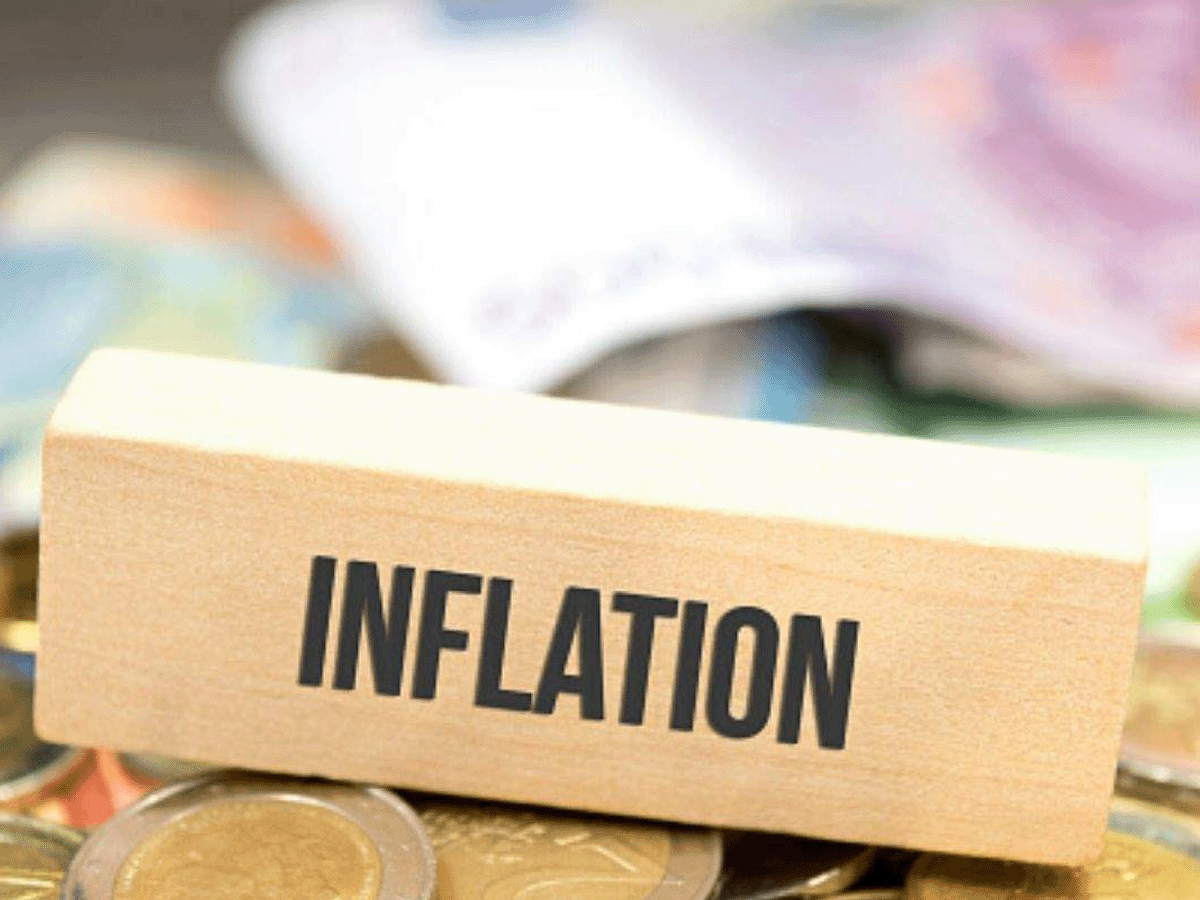
Finance leaders in companies are reviewing their capital investments for the current year with interest rates continuing to rise and the global demand environment looking increasingly uncertain.
Last week, the Reserve Bank of India (RBI) hiked repo rates by another 50 basis points, taking them to 5.9%. Rates have been raised by 190 basis points since May 2022 to tame inflation. The RBI slashing its growth forecast for the current financial year to 7% from its earlier projection of 7.2% in the wake of slowing global growth is seen holding back CFOs further.
“In the first quarter of this financial year, we held back, and hardly did any growth capex as the market environment was uncertain. In the current as well as in the subsequent quarters, we will see how the demand plays out. Inflation still continues to remain high, and it is unlikely that interest rates will flatten in the near term. So we will keep on reviewing our investment plans…” said a CFO at a large auto component maker, which has capex plans of about Rs 2,500 crore this fiscal. The finance executive did not wish to be identified.
CEAT Tyres ED & CFO Subbiah Kumar underlined that finance leaders need to carefully watch on capex.
The interest rates have moved up significantly since May 2022. We now have to carefully balance between the capital required to fund our growth ambitions and the cost of borrowings. With the commodity costs cooling off, the need for increasing the interest rates to moderate inflation would be less going forward.CEAT Tyres ED and CFO Subbiah Kumar told ETCFO
Already, India’s top steel maker, JSW Steel, slashed its FY23 capex to Rs 15,000 crore from a budgeted Rs 20,000 earlier. However, another leading steelmaker, Tata Steel, is going ahead with its Rs 12,000 crore FY23 outlay.
“Top end of the corporates are already having enough liquidity and are therefore yet to come to the markets or the banks for further money requirements,” Federal Bank CFO Venkatraman Venkateswaran said.
Bharat Madan, Global CFO at Escorts Kubota, feared the investments and demand in his agri and construction machinery sector may get impacted if interest rates cross the 6.5% level.
Festive demand spurring investments
Finance leaders said the investments are holding up just enough because of festive demand but they are not sure if the momentum could go beyond a couple of quarters, stressing the wait-and-watch approach will continue.
“We don’t foresee any major impact of the rate hikes on an immediate basis. Demand is looking extremely strong for the next two quarters… But global scenarios will keep on changing and it needs to be seen what implications it will have for India,” Raymond CFO Amit Agarwal said, emphasizing that the festive season is driving consumption for now.
According to an RBI survey, seasonally adjusted capacity utilization of the manufacturing sector improved from 73% in Q4 FY22 to 74.3% in Q1FY23, its highest level in three years.
“There is a sustained revival in urban demand which should get a further impetus from the unfettered celebration of upcoming festivals after two and half years of living with COVID-19. Rural demand is also gaining gradually. Investment demand is picking up and is evident from the robust growth of domestic production and import of capital goods in July and August,” said RBI Governor Shaktikanta Das in his address during the latest monetary policy meeting.

Inflation and interest rates: The way ahead
The RBI retained its FY23 retail inflation outlook at 6.7%. It expects inflation to reduce to 5.0% in Q1FY24. If high inflation is allowed to linger, that invariably triggers second-order effects and unsettles expectations, Governor Das said. He concluded that the Reserve Bank will remain alert and nimble in the future.
Retail inflation, a key gauge for the central bank for its monetary policy decisions, stood at 7% in August which is above its 6% upper band target. Inflation has breached the RBI’s target so far for eight straight months.
Interest rates have been on the rise worldwide including in India. The US Federal Reserve at its September 20-21 meeting raised rates by 75 basis points, taking the federal funds rate to a target range of 3-3.25%. The Fed plans to increase the rates to 4.25-4.5% by the end of this year. Emerging markets’ central banks including India’s RBI are expected to follow suit.
